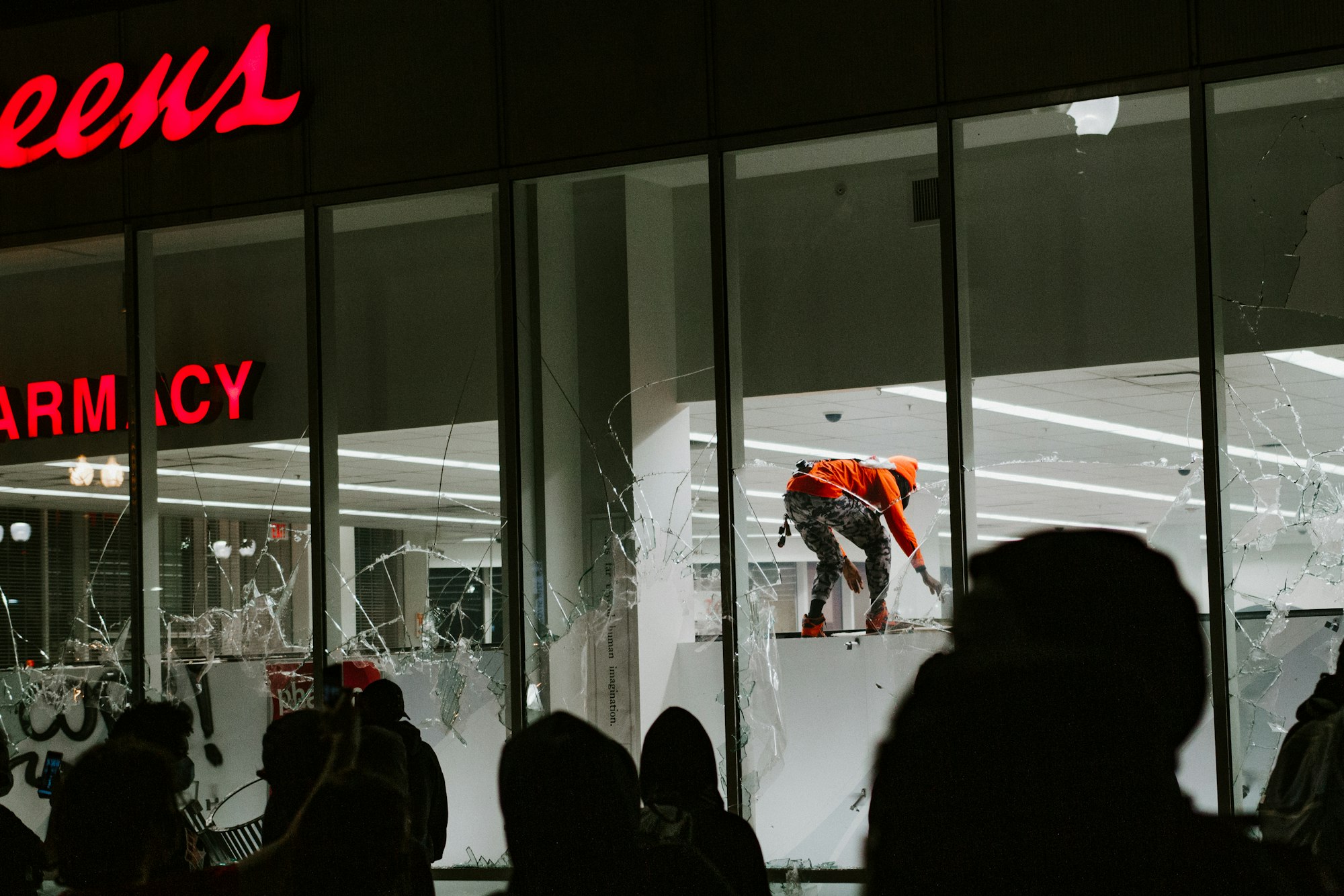Personal Protection: The "Gray Man" Theory

When civil unrest escalates, as seen during the 2020 Minnesota riots, individuals and businesses can find themselves in situations where traditional emergency resources become overwhelmed and authorities are unable to provide timely assistance. This reality underscores the critical importance of self-protection and proactive preparedness.
The "Gray Man Theory" is a crucial personal security concept during chaotic situations, focusing on disappearing into the crowd so you can move unnoticed when disaster strikes. The core idea is to conceal your preparedness by blending in, making it less likely you'll be singled out as someone with valuable survival skills or tactical gear. In states of panic, people can become desperate, and you do not want to be perceived as the only person prepared for survival, as this could make you a target for those seeking to take your supplies by force.

To effectively become a "Gray Man" (or "Gray Woman"), focus on four key areas:
- How You Act:
- Appear average and non-threatening.
- Be careful about what you say and to whom, avoiding strong antagonistic or outspoken political beliefs that might lead others to make assumptions about you.
- Maintain normal conversation topics.
- Play down any attempts to scan for escape routes or security problems, as this behavior can draw suspicion.
- Minimize eye contact, as it can stimulate memory formation and make you more noticeable.
- How You Move:
- Know the local landscape to navigate and avoid troublesome areas efficiently.
- Walk with purpose, but avoid any rapid motion or urgency, which can draw attention and raise suspicions.
- When navigating a crowd, make gradual progress; cutting through at sharp angles will make you stand out.
- Unless it compromises your safety, always appear to follow the herd; for instance, if others react to a loud sound, join them rather than appearing unaffected.
- If you need to break away from a crowd, try to do so alongside a small group, maintaining enough distance to appear separate but not alone and vulnerable.
- Observe your surroundings discreetly, using peripheral vision and decoy objects (like a piece of paper).
- Wear reflective sunglasses during the day to hide your eyes and allow rapid scanning.
- If making noise is necessary, try to mask sounds with predictable "white" noises like a passing bus or siren, or synchronize activities like breaking a window with a loud external distraction.

- How You Look:
- Avoid camo prints or outwardly tactical-looking clothing unless it is the norm for the situation.
- Choose subtle colors that blend into crowds.
- Conceal any tactical gear within pockets or bags, ensuring quick access. Avoid reflective objects or bright colors on clothing and accessories, as well as large text or memorable insignia, as focal points can draw attention.
- Consider carrying an item like a hat, sunglasses, or jacket for a quick change of appearance if you feel you have been identified.
- Be mindful of your scent, as it can be a memory trigger.
- How You Carry Your Gear:
- Use a discreet everyday carry bag that blends with your typical routine, such as backpacks or messenger bags commonly seen on commuters.
- Jackets or vests with a streetwear appearance but hidden internal storage are also good options.
- Your daily carry gear should also be discreet, like a tactical pen or a compact folding knife that doubles as a money clip, or a small flashlight on a keychain.
Home Protection: The "Gray House" and Hardening Strategies
While the "Gray Man" focuses on personal blending, the concept can be adapted for your property, leading to the idea of a "Gray House". This approach aims to make your home or business appear unremarkable or less appealing as a target, even if it has higher security than your neighbors, making it seem like "it wouldn't be worth it to the trespasser".
Here are strategies to protect your property, balancing overt deterrence with subtle security:
- Subtle Security ("Gray House" Concept):
- Install hurricane-certified windows and doors with laminated glass and metal pins. These can look like normal windows and doors while offering significant resistance to prying and breaking.
- Conceal cameras in discreet places like bird feeders or birdhouses. A mix of visible and hidden cameras can be effective.
- Use exterior lights that look normal but have dusk-to-dawn features to avoid signaling absence.
- Keep your mailbox locked and with a large drop area to prevent mail from sticking out, which can indicate no one is home.
- Landscape normally, but avoid putting in things that provide cover for intruders.
- Thorn bushes can be a subtle deterrent around your property without drawing undue attention.
- Consider misdirection: scattering old clothes around the front door to make it appear as if the house has already been looted. Some even suggest creating a "thieve's pack" or "thieve's safe" with some cash, fake jewels, or old, disabled electronics that are easily found, leading looters to believe they've found the valuables and move on, while actual high-value items are more securely hidden.

- Overt Deterrence ("Hard Target" Concept):
- Install physical barriers: This is a direct approach to make your property visibly difficult to breach. This includes steel gates, roll-down shutters, or plywood boards over windows and doors. Plywood sheets are quick, easy, and affordable for temporary protection. Permanently mounted window bars and hinged gates can also protect windows and deter crime, though they can be expensive and hinder quick evacuation.
- Upgrade alarm systems: Modern, monitored alarm systems with features like motion detectors and real-time monitoring can alert authorities quickly. A UL-listed central station security alarm system is recommended.
- Visible surveillance cameras act as a strong deterrent, making potential looters reconsider. Cameras should cover key areas like entrances, exits, and high-value merchandise sections. Some users prefer wired PoE cameras for reliability and to avoid issues like Wi-Fi jamming. However, wireless systems like Ring or SimpliSafe are popular for DIY installation and ease of use, often with cloud storage options.
- Reinforce windows and doors with shatterproof glass or security film. Security films hold glass shards together upon impact. New York homeowners are advised to reinforce windows during civil unrest.
- Maintain full perimeter fencing with secure gates and adequately light all sides of the building exterior and perimeter.
- Remove any trash, debris, or combustible storage from around the building to prevent arson and unauthorized access.
- Signage prohibiting access and warning trespassers can also be used.
- Consider hiring licensed and trained armed security personnel if needed, especially in high-crime areas. However, ensure strict guidelines are followed to prevent violence.
- Some suggest that once civil obedience breaks down, an "offensive approach" may be necessary, making your home look fortified with "firing ports" or spikes, like a "puffer fish" to deter trespassers.

Protecting Assets and Ensuring Continuity
Beyond physical protection, securing your assets and having a plan are vital:
- Remove Valuables: Take cash and lockboxes off-site. Remove goods from display windows and secure high-value merchandise.
- Secure Records: Essential business records must be secured, and backups of all key information maintained at an off-site location.
- Vehicle Protection: Move company vehicles off-site if possible, or park them to reduce vandalism likelihood.
- Internal Security: Lock interior areas with high concentrations of valuables, like computer equipment, to prevent access.
- Documentation: Regularly inventory and photograph your property to document its condition before any damage occurs, which is crucial for insurance claims.
- Contingency Planning: Ensure emergency preparedness and business continuity plans are up to date. Have an emergency communication plan for employees, and ensure evacuation procedures are current and properly communicated. Consider supplies necessary to function and secure those items in advance.
- Off-site Operations: Have alternate sites to stand up essential company operations if main facilities are inaccessible.
- Fuel: Keep your car full of fuel to facilitate evacuation in case civil unrest disrupts the supply chain for critical services.
- Cash and Supplies: Ensure you have adequate cash, food, water, medicine, and other essential resources, as banks may close and services can be disrupted.
- Social Media Awareness: Be careful about discussing your specific preps or bug-out locations on social media.

The Context of Self-Reliance
The events of the 2020 Minnesota riots serve as a stark reminder of why individual preparedness is paramount. During those riots, law enforcement and government responses were criticized for failing to recognize the seriousness of the situation, underestimating the escalation, hesitating to confront violence with force, and failing to provide timely assistance. Over $500 million in property damage occurred, 1,500 businesses were impacted, and communities faced significant financial and emotional harm. Police were overwhelmed, 911 calls went unanswered or faced severe delays, and officers felt abandoned, leading to situations where business owners and employees had to risk their own safety by standing guard every night. This inability of official channels to respond effectively underscores the critical need for individuals and businesses to have their own robust security measures and preparedness plans in place. While governments have a core function to protect citizens, the reality during severe civil unrest can mean you are "on your own".
In conclusion, protecting yourself and your business in times of civil unrest demands a proactive, multi-layered approach. By understanding and applying the "Gray Man" principles for personal safety, implementing both overt and subtle security measures for your property, and maintaining thorough emergency preparedness, you can significantly enhance your resilience and safeguard your assets and, most importantly, your life.










